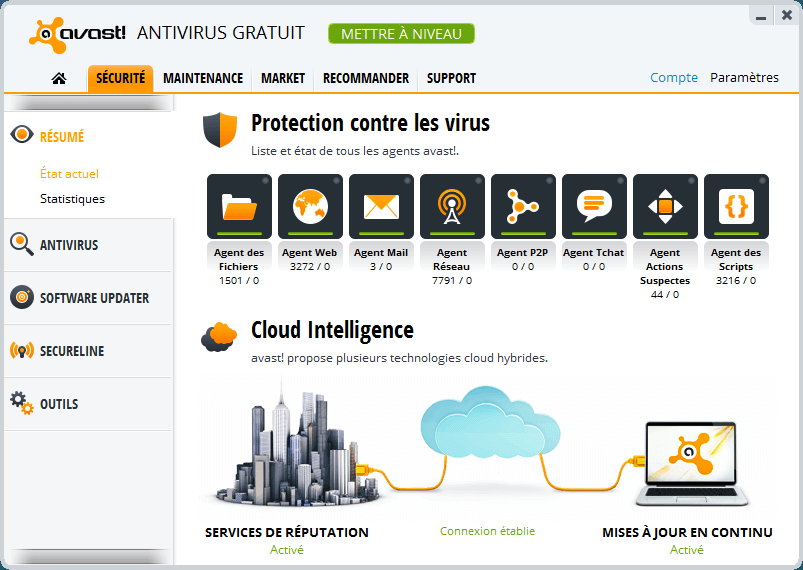Actually, my main question is, how does runtime analysis really works on AVs perspectives. I cant really find an in-depth article online about how do they work, what are the common techniques that they use to approach a specific situation, etc.
So far, in my understanding of this runtime/behavioural analysis of AVs is that, for them to understand and analyze how a process behaves, they have to make API hooks (I hope you understand here, I cant explain much). And this gives them the ability to judge if a spcific program is malicious or not by analysing the APIs it called.
1) How do they know which process called an API that they hooked from kernel-space?
Say for example, an kernel mode driver of an AV placed a hook on an API, Program X->NtQuerySystemInformation->HookedZwQuerySystemInformation->ZwQuerySystemInformation. How would the kernel mode driver be able to identify who called the NtQuerySystemInformation (which in turn, leads to the execution of the hook-function)? Since we know, AVs cant simply rely on user-space API hooks for these scenarios, so they have to do it in kernel space.
2) And how do they know that a running process does some, can-be-considered, malicious things without even calling an API? like a decryption loop perhaps?
So far, in my understanding of this runtime/behavioural analysis of AVs is that, for them to understand and analyze how a process behaves, they have to make API hooks (I hope you understand here, I cant explain much). And this gives them the ability to judge if a spcific program is malicious or not by analysing the APIs it called.
1) How do they know which process called an API that they hooked from kernel-space?
Say for example, an kernel mode driver of an AV placed a hook on an API, Program X->NtQuerySystemInformation->HookedZwQuerySystemInformation->ZwQuerySystemInformation. How would the kernel mode driver be able to identify who called the NtQuerySystemInformation (which in turn, leads to the execution of the hook-function)? Since we know, AVs cant simply rely on user-space API hooks for these scenarios, so they have to do it in kernel space.
2) And how do they know that a running process does some, can-be-considered, malicious things without even calling an API? like a decryption loop perhaps?




